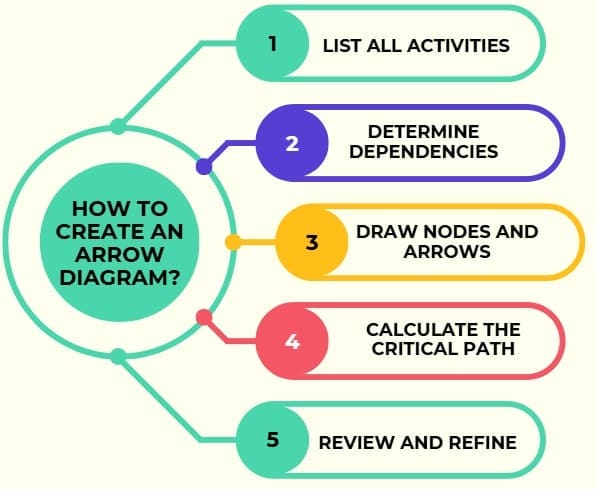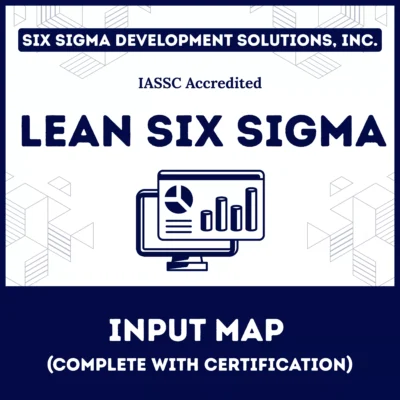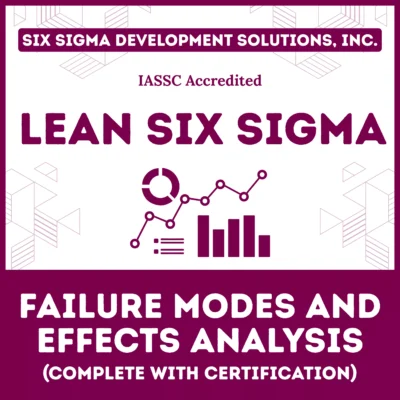Project managers worldwide rely on visual tools to transform complex schedules into clear, actionable roadmaps. Among these essential tools, the arrow diagram stands as one of the most powerful techniques for mapping project activities, dependencies, and critical paths.
Whether you’re managing construction projects, software development initiatives, or manufacturing processes, mastering arrow diagramming methods can dramatically improve your project success rates.
Understanding arrow diagrams opens doors to sophisticated project planning capabilities that separate successful project managers from those who struggle with schedule management. This comprehensive guide explores everything you need to know about arrow diagrams, from basic concepts to advanced implementation strategies that deliver real-world results.
The journey through arrow diagram mastery begins with understanding fundamental concepts and progresses through practical applications that you can implement immediately. By the end of this exploration, you’ll possess the knowledge and confidence to create effective arrow diagrams that enhance your project management effectiveness significantly.
Table of contents
What Is an Arrow Diagram?
An arrow diagram, or activity on arrow (AOA) diagram, is a visual tool used in project management to map out tasks and their dependencies. Each arrow represents an activity, while nodes (circles) signify events or milestones, such as the start or completion of a task.
This method, part of the Critical Path Method (CPM), helps project managers identify the sequence of tasks, estimate project duration, and pinpoint critical activities that can’t be delayed.
Unlike the activity on node (AON) diagram, where nodes represent tasks and arrows show dependencies, the AOA diagram uses arrows for tasks and nodes for events. This distinction makes arrow diagrams particularly useful for projects with complex dependencies, offering a clear view of how tasks interlink.
Key Components of an Arrow Diagram
- Arrows: Represent activities or tasks, labeled with descriptions and durations.
- Nodes: Indicate events, such as the start or end of an activity.
- Dummy Activities: Dashed arrows showing logical dependencies without consuming time or resources.
- Critical Path: The longest sequence of tasks determining the project’s shortest completion time.
Public, Onsite, Virtual, and Online Six Sigma Certification Training!
- We are accredited by the IASSC.
- Live Public Training at 52 Sites.
- Live Virtual Training.
- Onsite Training (at your organization).
- Interactive Online (self-paced) training,
Why Use Arrow Diagrams in Project Management?
The arrow diagramming method shines in its ability to simplify complex projects. Here’s why it’s a go-to for project managers:
- Clarity: Visualizes task sequences and dependencies, making it easy to spot bottlenecks.
- Time Management: Identifies the critical path, ensuring timely project completion.
- Resource Allocation: Highlights dependencies, helping allocate resources efficiently.
- Flexibility: Works for projects of all sizes, from small teams to massive construction endeavors.
For example, imagine building a house. An arrow diagram would show that you can’t install windows (an activity) until the walls are built (a preceding event). By mapping this out, you avoid costly delays and ensure smooth progress.
How to Create an Arrow Diagram?

Ready to craft your own activity on arrow diagram? Follow these steps to create a clear, effective diagram:
Step 1: List All Activities
Identify every task required to complete the project. For instance, in a software development project, tasks might include “design UI,” “code backend,” and “test application.”
Step 2: Determine Dependencies
Pinpoint which tasks depend on others. Use a table to list each activity, its duration, and its prerequisites. For example, “test application” depends on “code backend” being complete.
Step 3: Draw Nodes and Arrows
- Start with a node (circle) representing the project’s start.
- Draw arrows for each activity, connecting them to nodes that mark their start and end.
- Use dashed arrows for dummy activities to show dependencies without actual work.
Step 4: Calculate the Critical Path
To find the critical path, determine the earliest start time (ES) and earliest finish time (EF) for each activity. This process, known as the forward pass through the network, calculates the shortest time to complete the project. Then, perform a backward pass to find the latest start time (LS) and latest finish time (LF) to identify slack (float) for non-critical tasks.
Step 5: Review and Refine
Double-check your diagram for accuracy. Ensure all dependencies are correct and no tasks are missing. Use an arrow diagram maker or software like Microsoft Project or Primavera for precision.
Activity on Arrow vs. Activity on Node: A Comparison
When choosing between activity on arrow (AOA) and activity on node (AON) diagrams, understanding their differences is key. Here’s a quick breakdown:
| Feature | Activity on Arrow (AOA) | Activity on Node (AON) |
| Representation | Arrows represent activities; nodes are events. | Nodes represent activities; arrows are dependencies. |
| Complexity | Can be complex due to dummy activities. | Simpler, as dependencies are directly shown. |
| Flexibility | Best for projects with strict dependencies. | More flexible for varied project types. |
| Usage | Common in traditional CPM projects. | Widely used in modern project management tools. |
For instance, in an AON diagram, after creating a node for an activity, you draw an arrow out of the box for each dependency. In contrast, AOA diagrams require dummy activities to show certain dependencies, which can complicate the diagram but provide a unique perspective for specific projects.
Also Read: Causal Loop Diagram (CLD)
Tools for Creating Arrow Diagrams
Creating an arrow diagram by hand can be time-consuming, especially for large projects. Fortunately, modern tools simplify the process:
- Microsoft Project: A robust tool for creating AOA and AON diagrams, offering templates and critical path analysis.
- Primavera P6: Ideal for large-scale projects like construction, with advanced scheduling features.
- Lucidchart: A user-friendly online arrow diagram maker for collaborative diagramming.
- Visio: Microsoft’s diagramming tool supports both AOA and AON formats with drag-and-drop functionality.
- Open-Source Options: Tools like yEd or Draw.io offer free, customizable diagramming for budget-conscious teams.
These tools not only streamline diagram creation but also integrate with project management software to track progress in real time.
Advanced Arrow Diagram Techniques
Critical Path Method (CPM) Integration
Critical Path Method analysis transforms arrow diagrams from simple scheduling tools into sophisticated project control mechanisms. The critical path represents the longest sequence of dependent activities that determines minimum project duration.
Activities on the critical path possess zero total float, meaning any delay in critical activities directly impacts project completion dates. This insight enables project managers to focus resources and attention on activities that matter most for schedule performance.
Regular critical path monitoring throughout project execution reveals schedule performance trends and early warning indicators of potential delays. This proactive approach enables corrective action before problems become critical issues.
Resource Optimization Applications
Arrow diagrams support resource leveling and resource smoothing techniques that optimize resource utilization across project duration. By analyzing activity relationships and float values, project managers can shift non-critical activities to balance resource demands.
Resource-constrained scheduling uses arrow diagram logic to develop realistic schedules that consider resource limitations alongside technical dependencies. This approach produces more achievable schedules that account for actual resource availability.
Advanced scheduling techniques combine arrow diagram logic with resource optimization algorithms to create schedules that minimize resource conflicts while maintaining logical project flow.
Also Read: Matrix Diagram
Software Tools and Arrow Diagram Makers
Professional Project Management Software
Modern arrow diagram maker applications provide sophisticated features that automate network diagram creation and analysis. These tools integrate with project scheduling software to maintain consistency between visual diagrams and detailed project schedules.
Professional software offers advanced calculation engines that perform complex network analysis instantly. Features include automatic critical path calculation, float analysis, and what-if scenario modeling that supports informed decision-making.
Integration capabilities connect arrow diagrams with resource management, cost control, and progress tracking systems. This integration creates comprehensive project management environments that support all aspects of project control.
Specialized Diagramming Applications
Dedicated diagramming software provides focused functionality for creating clear, professional arrow diagrams without complex project management features. These applications excel at producing presentation-quality diagrams for stakeholder communication.
Template libraries accelerate diagram creation by providing pre-built frameworks for common project types. Industry-specific templates incorporate best practices and standard conventions that ensure professional results.
Collaboration features enable team-based diagram development where multiple stakeholders contribute to network definition and refinement. Real-time collaboration capabilities support distributed teams working on complex projects.
Examples
Let’s explore how arrow diagrams shine in practice:
Example 1: Construction Project
A contractor building a shopping mall uses an activity on arrow diagram to plan tasks like foundation laying, steel framing, and roofing. The diagram reveals that roofing can’t start until framing is complete, helping the team prioritize resources and avoid delays.
Example 2: Event Planning
For a large conference, an AOA diagram maps tasks like booking a venue, hiring speakers, and marketing. Dummy activities clarify dependencies, such as ensuring the venue is booked before sending invitations.
Example 3: Software Development
A tech company uses an arrow network to schedule coding, testing, and deployment. By calculating the critical path, they identify that testing is a bottleneck, prompting them to allocate more testers to stay on schedule.
These activity network diagram examples show how versatile and practical arrow diagrams are across industries.
FAQs on Arrow Diagrams in Project Management
What is an arrow diagram?
An arrow diagram, or activity on arrow (AOA) diagram, is a project management tool that visualizes tasks as arrows and events as nodes, used to map dependencies and calculate the critical path.
How does an arrow diagram differ from an AON diagram?
In an AOA diagram, arrows represent activities, and nodes are events. In an AON diagram, nodes represent activities, and arrows show dependencies, making AON simpler for most projects.
What are dummy activities in an arrow diagram?
Dummy activities are dashed arrows in an AOA diagram that show logical dependencies between tasks without consuming time or resources.
How do you calculate the critical path in an arrow diagram?
Perform a forward pass to calculate the earliest start time (ES) and earliest finish time (EF) for each activity, then a backward pass to find the latest start time (LS) and latest finish time (LF). The longest path is the critical path.
What tools can I use to create an arrow diagram?
Tools like Microsoft Project, Primavera P6, Lucidchart, and Visio are ideal for creating arrow diagrams efficiently.
Final Words
The arrow diagram remains a cornerstone of effective project management, offering a clear, visual way to plan and execute complex projects. By mapping tasks, dependencies, and the critical path, it empowers teams to stay organized, allocate resources wisely, and meet deadlines.
Whether you’re drawn to the traditional activity on arrow approach or prefer the modern activity on node method, mastering these tools will elevate your project planning game.



















